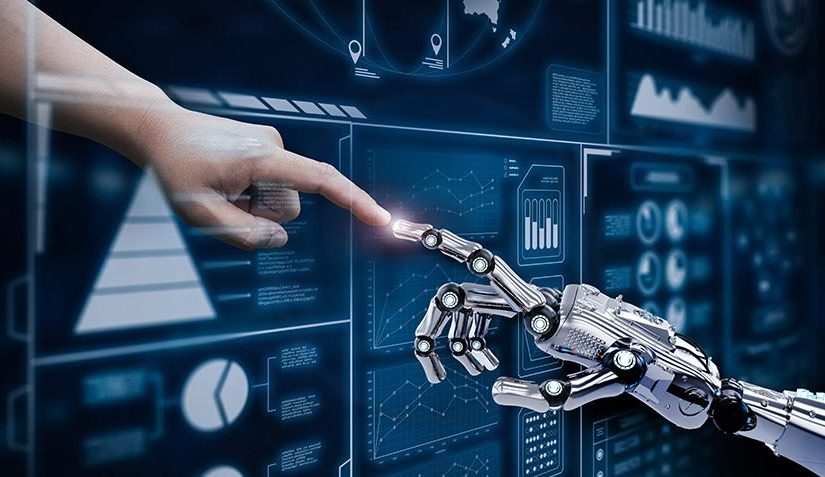Machine learning is a crucial component of every business, enabling computer vision for driverless cars and drones, speech and language recognition and synthesis; helping radiologists find tumors on x-rays; and identifying the shape of handwritten numbers.
However, machine learning poses ethical questions and requires leaders to understand its strides and limitations.
Artificial Intelligence
AI is a broad term that encompasses the set of software technologies that enable computers to do what humans do. This includes natural language processing, understanding speech, recognizing images and more. It also refers to computer systems that can learn from and adapt to real-world experience — the kind of capabilities that make people nervous about doomsday scenarios sensationalized by movie makers.
Machine learning automates analytical model building by using methods from neural networks, statistics, operations research and physics to find hidden insights in data without being explicitly programmed for where to look or what to conclude. This technology is now incorporated into everyday products and services, including internet search engines, email filters to spot spam, mobile apps that analyze voice commands, factory IoT data streams to identify trends and anomalies in machine performance, and bank fraud detection.
It’s also used to deliver a more personalized customer experience, such as matching website content, ads and recommendations to individual customers. And, by reducing the time needed to process big data sets, it can enable businesses to operate at scale and improve productivity.
Neural Networks
Neural networks are computational models inspired by how neurons signal to each other in the brain. They are particularly well-suited to modeling non-linear relationships. They are used in many applications, including pattern recognition, machine learning and optimization.
A neural network has a huge number of interconnected processing elements, also known as nodes or neurons. Each node has a connection link that contains weights which specify how much one neuron influences another. During training the weights of each neuron are slowly adjusted until they reliably produce the desired outputs.
A key disadvantage of this approach is the fact that it is very hard to understand how the final output was derived. This is sometimes referred to as the black box effect, which can be problematic in industries that require high levels of trust. Also, neural networks typically require massive amounts of data to perform well. This can be a significant challenge for organizations that may prefer to use other algorithms that do not require as much data.
Deep Learning
Deep learning is a subset of machine learning, utilizing artificial neural networks. It differs from traditional machine learning because it learns a hierarchy of features to recognize data inputs, such as images. For instance, a person can instruct a computer to identify fast food in photos by teaching it to distinguish between “pizza,” “burger” and “taco.”
Business leaders need to understand the basic principles, potential and limitations of machine learning. It powers the technology behind chatbots, predictive text, language translation apps, and Netflix’s recommendation system. It also enables self-driving cars and diagnoses medical conditions from images.
Unlike simple AI, which relies on programming, machine learning allows the algorithm to make its own decisions. However, this is limited by the available data. It’s important for business leaders to consider the size and quality of their datasets when deploying machine learning. They can’t expect a machine to accurately predict an outcome with low-quality data. It also takes more time to test machine learning algorithms than simple machine learning.
Prediction
The ability of machine learning prediction models to predict new data points is a game-changer that has transformed numerous industries. It can help doctors diagnose patients, identify potential health risks, and develop personalized treatment plans, as well as financial institutions detect fraud and credit risk. It can also be used to optimize business decisions, such as predicting customer behavior and preferences to provide targeted recommendations or promotions.
Predictive analytics can be conducted manually or using machine learning algorithms. Machine learning algorithms are more effective at analyzing large amounts of data and can identify patterns that humans may miss. This enables them to make more accurate predictions than traditional methods.
There are a number of machine learning prediction models, including binary classification (putting records into two categories), clustering (splitting data into groups based on similarity), and association mining. There is also regression analysis, which identifies the relationships between variables and predicts an outcome when one variable changes.

